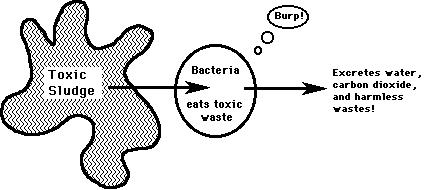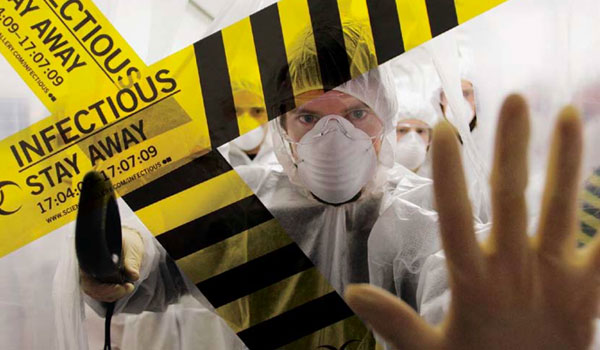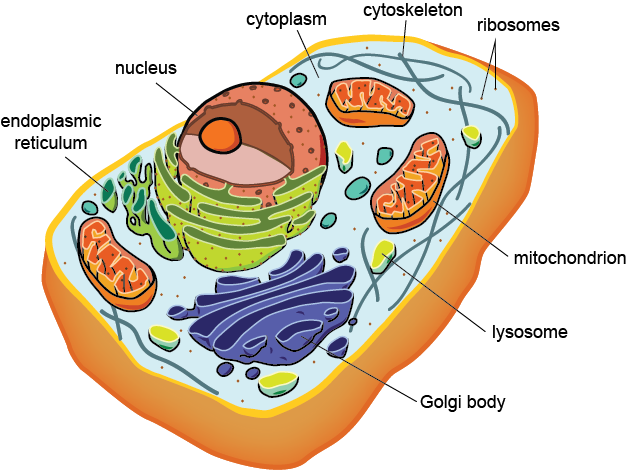| back 1 - one that has appeared in a population for the first time
- or one that previously existed but is rapidly increasing in
incidence
|
| back 2 - any agent that causes a disease
-
usually virus, bacterium, fungus, protozoan, or
helminth
|
| back 3 - decomposition of harmful chemicals by microbes or consortia of
microbes
|
| back 4 - a field involving deliberate alterations of the genomes of
microbes, plants, and animals through special technological
processes
|
| back 5 - photosynthetic, plantlike organ that generally lack the complex
structure of plants
- they may be single-celled or
multicellular
- inhabits diverse habitats
|
| |
| back 7 - the adjustment of bacterial physiology to a new
environment
|
| back 8 - the study of the system of body defenses that protect against
infection
|
| back 9 - the study of the factors affecting the prevalence and spread of
disease within a community
|
| back 10 - the use of microbes or their products in the commercial or
industrial realm
|
| back 11 - capable of cause an infection
|
| back 12 - a single celled organism that does not have special structures
such as a nucleus or membranous organelles
-
includes:
|
| back 13 - a member of the domain Eukarya
- cells have a
well-defined nucleus and membranous organelles
-
includes:
- plants
- animals
- fungi
- protozoa
- algae
|
| back 14 - an organism that lives on or within another organism from which
it obtains nutrients and enjoys protection
- produces harm to
the host
|
| back 15 - organism in which smaller organisms or viruses live, feed, and
reproduce
|
| back 16 - early belief that living things arose from vital forces present
in nonliving or decomposing matter
|
| back 17 - the belief in spontaneous generation as a source of life
|
| back 18 - belief that living things can only arise from others of the
same kind
|








